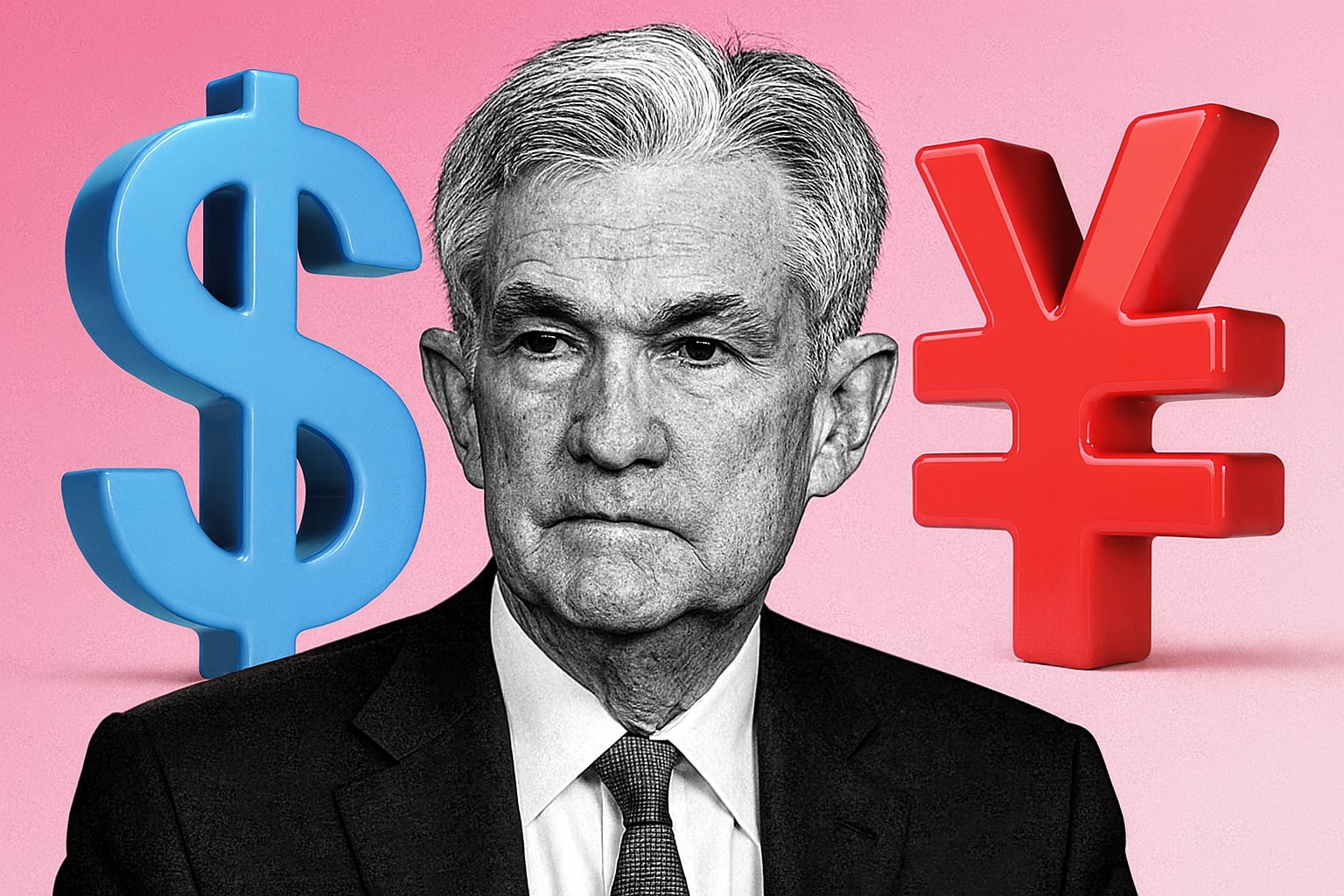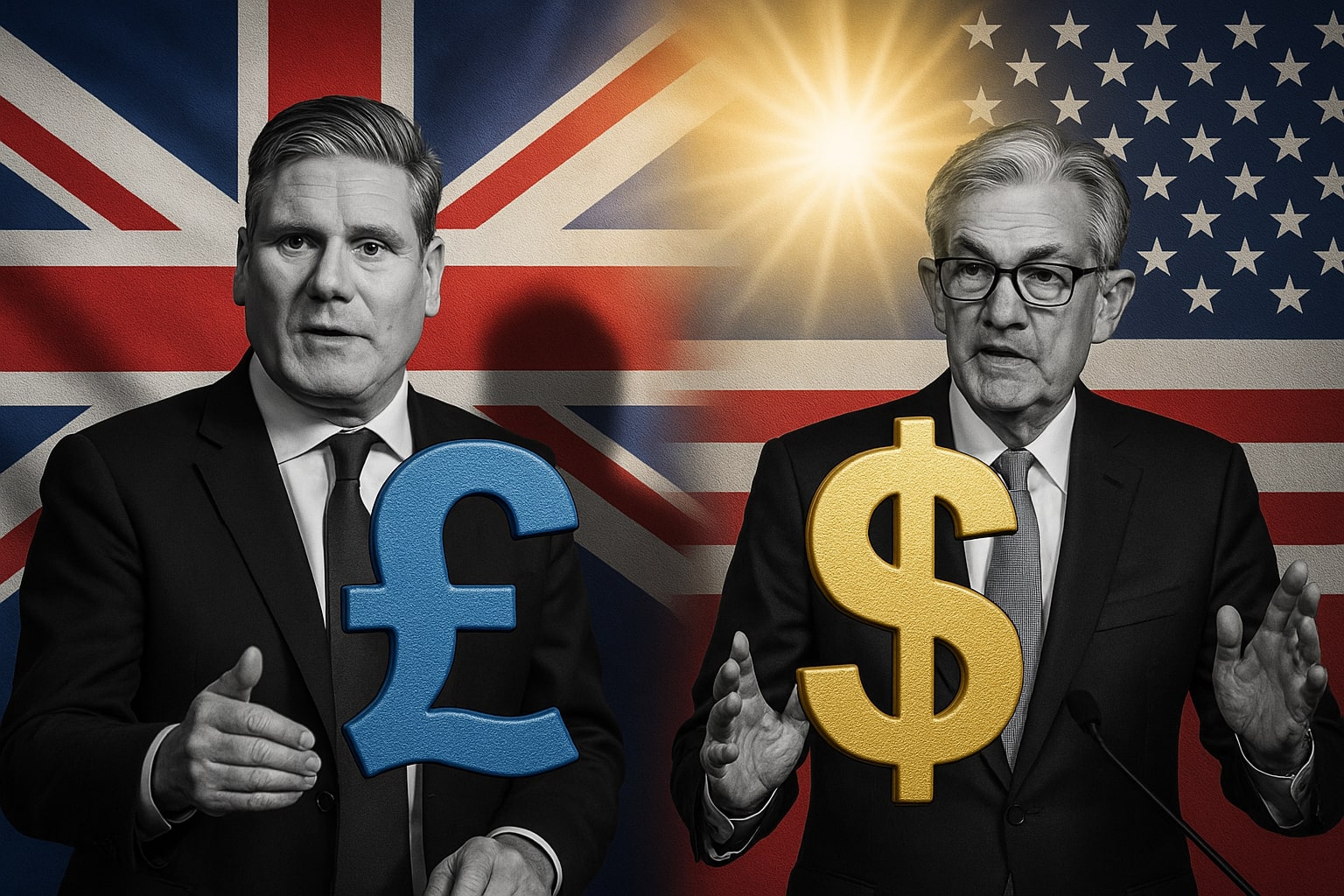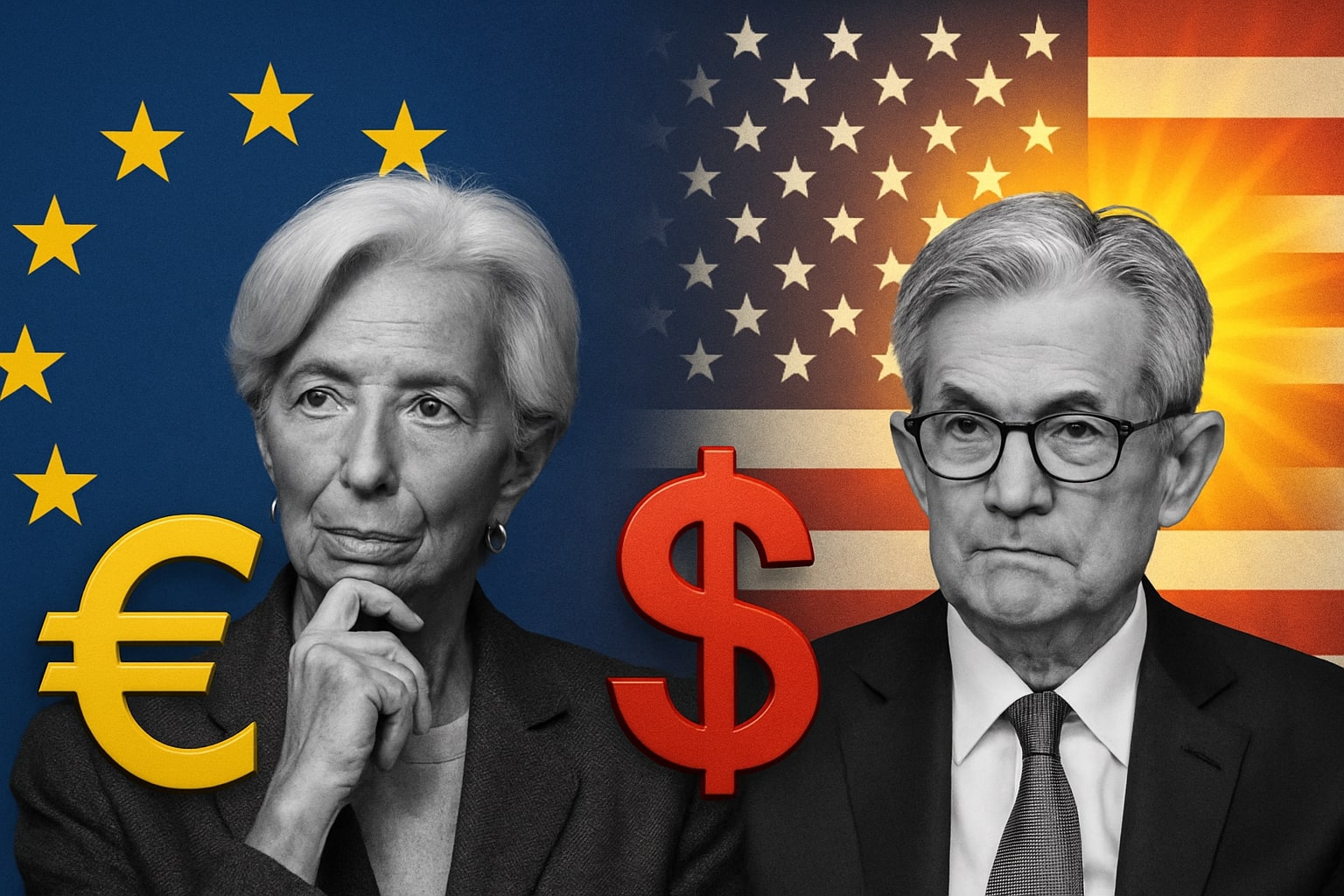
EUR/USD Price Holds 1.17 as Fed Policy and Tariffs Threaten Breakout
Euro steadies after U.S. inflation shock and tariff escalation, with Powell’s Jackson Hole remarks set to decide whether EUR/USD breaks 1.1730 or slips to 1.1640 | That's TradingNEWS
EUR/USD Holds Above 1.17 as Fed Uncertainty and Trade Frictions Shape Sentiment
The euro against the dollar (EUR/USD) has once again managed to close near the 1.1700 handle, a level that has been pivotal throughout August. After dipping as low as 1.1590 earlier in the week, buyers stepped back in, pushing the pair toward a Friday close just shy of 1.1700. The sequence reflects a market heavily dictated by U.S. inflation releases and Fed expectations, with every data point driving sharp swings in liquidity and positioning. On Wednesday, the pair briefly surged past 1.1730, but Thursday’s unexpected +0.9% U.S. PPI jump — the sharpest monthly increase in three years — reversed the move, sending EUR/USD tumbling to 1.1631 before steady buying restored support into the weekend.
Rate Cut Bets, Powell’s Influence, and Diverging FOMC Voices
Markets still price in more than a 90% probability of a 25bp Fed cut at the September meeting, though hopes for a 50bp reduction collapsed after the hot inflation print. What complicates the outlook is the open disagreement within the Fed. Jerome Powell has hinted at maintaining vigilance on inflation, but several FOMC members are now openly advocating deeper easing, under pressure from slowing growth signals. This discord is magnified by political dynamics, with President Trump pressing aggressively for looser policy. Traders will be glued to the Jackson Hole Symposium, where Powell’s tone will either reinforce the Fed’s cautious stance or validate speculation that his influence inside the committee is fading. If Powell’s hawkish language prevails, EUR/USD risks retesting 1.1640 and 1.1600. A dovish tilt, however, could fuel a clean break through 1.1730, opening the way toward 1.1785 and possibly the summer high near 1.1830.
Impact of U.S.–EU Trade Shocks on EUR/USD
The U.S.–EU trade announcement added a new layer of volatility. After hitting 1.1771 in Asian trading, EUR/USD collapsed to 1.1658 once the details of the new tariff deal filtered into markets. The United States raised levies to 15% on European goods, up from an average of 4.8%. Some sectors, including aircraft components and semiconductors, secured exemptions, but the sharp increase rattled sentiment. European policymakers delivered mixed reactions. ECB’s Peter Kazimir acknowledged reduced uncertainty but admitted inflation risks remain. In Paris, Prime Minister François Bayrou called it a “dark day” for Europe, branding the deal as capitulation. The immediate FX reaction showed just how sensitive EUR/USD remains to trade policy headlines, with dollar strength reasserting quickly despite an earlier weak open.
Technical Landscape: Resistance at 1.1730, Support at 1.1640 and 1.1590
From a technical standpoint, the picture for EUR/USD has shifted. On the daily chart, the pair has slipped back below its 20-day SMA at 1.1705, which now acts as resistance. The 100-day SMA, more than 300 pips below, remains upward-sloping and signals longer-term support. The 4-hour chart paints a more bearish picture: the pair trades beneath the 20 and 100-period averages and struggles with the 200 SMA, with oscillators drifting toward oversold conditions. Key support rests at 1.1640; a break exposes 1.1600 and 1.1555. Resistance stands at 1.1730, then 1.1785, before the stronger ceiling at 1.1830. Volatility remains elevated, with sharp intraday swings reflecting thin liquidity and algorithmic positioning around data releases.
Macro Divergences: Eurozone Stability vs U.S. Inflation Surge
Fundamentals beyond the Fed also matter. Eurozone consumer inflation remains subdued compared to the U.S., with July CPI readings reflecting a more stable price environment. That contrast has encouraged speculative flows into the euro, as traders bet the ECB can hold steady while the Fed is forced into cuts. Yet the tariff escalation threatens Europe’s fragile recovery, particularly in export-heavy economies like Germany. Meanwhile, U.S. wholesale prices jumped 3.3% year-over-year, well above the prior 2.4%, with core inflation climbing to 3.7% from 2.6%. Analysts interpret the surge as a sign that tariffs are not being absorbed by producers but are instead flowing through to consumer prices, complicating the Fed’s balancing act. This divergence keeps EUR/USD trapped between policy-driven upside momentum and trade-driven downside risk.
Market Structure Shift and Breakout Potential
Shorter-term traders highlight that EUR/USD has staged multiple Break of Structure (BOS) points on the 4-hour chart, decisively changing its technical profile. After sweeping sell-side liquidity earlier in August, the pair reversed and began printing higher highs and higher lows. Order Block zones around 1.1630–1.1650 now provide a base, while Fair Value Gap areas above 1.1730 serve as magnets for price action. This structural change has convinced many institutional desks that the path of least resistance is still upward, provided support levels hold. Liquidity pools near 1.1785–1.1810 could become the next targets if momentum builds. Traders see the current consolidation around 1.17 as a coiled spring — the eventual break is likely to be swift and directional.
EUR/USD Relative Positioning in Broader FX Complex
The moves in EUR/USD stand out when compared with other majors. The GBP/USD sits capped at 1.3550, while USD/JPY continues to battle with resistance near ¥148. The USD/MXN remains range-bound between 18.50 and 19.00, reflecting lower liquidity and seasonal summer calm. Against this backdrop, the euro-dollar has shown the strongest resilience, reclaiming levels lost earlier in July and sustaining a recovery even in the face of inflation shocks. That resilience has fueled renewed confidence that EUR/USD may yet retest the highs of early summer.
That's TradingNEWS
Read More
-
SCHD ETF Price at $27: Can SCHD’s 4% Yield and 9.15% Dividend Growth Beat High-Yield Covered Call ETFs?
15.12.2025 · TradingNEWS ArchiveStocks
-
XRP ETFs Close on $1B Inflows as XRPI at $10.92 and XRPR at $15.52 Hit 52-Week Lows
15.12.2025 · TradingNEWS ArchiveCrypto
-
Natural Gas Price Forecast: NG=F Holds the $4 Floor as Oversupply Clashes with 2026 LNG Demand
15.12.2025 · TradingNEWS ArchiveCommodities
-
USD/JPY Price Forecast - Dollar to Yen At 155: Yen Strength Builds As BoJ Hike And NFP Collide
15.12.2025 · TradingNEWS ArchiveForex



















